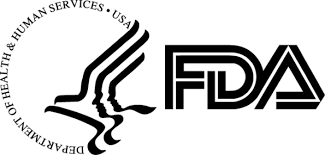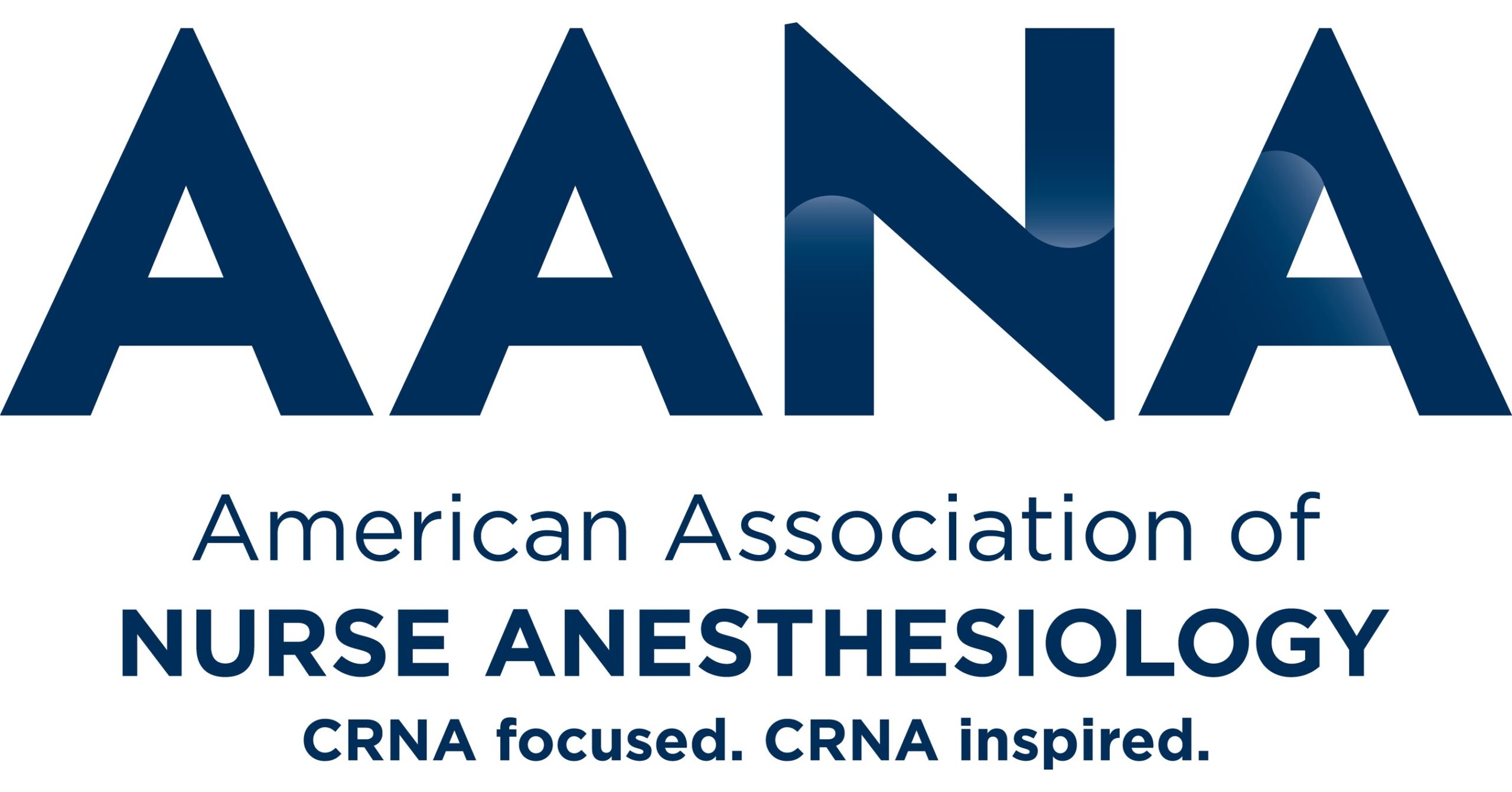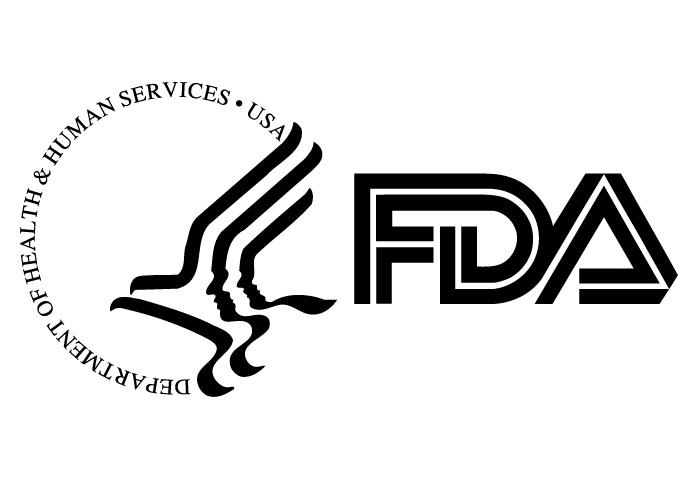Nurses deem flexible, transparent scheduling key to satisfaction, retention

Editor's Note Giving nurses more control over their schedules significantly improves job satisfaction and retention, according to a March 31 article in Medical Xpress. The article focuses on a study consisting of 16 qualitative interviews with nurses and nurse managers, who cited flexibility, transparency, equity, and autonomy as key factors…
Study: Pulse oximeters may misestimate oxygen saturation in darker skin tones

Editor's Note Pulse oximeters may overestimate blood oxygen levels in critically ill patients with darker skin tones, according to a March 30 article in HCP Live. The article focuses on the EquiOx study, conducted at the Zuckerberg San Francisco General Hospital between 2022 and 2024. Presented at the American College…
FDA issues Class 1 recall for vascular cannulas

Editor's Note Aortic root cannulas from Medtronic are the subject of the latest US Food and Drug Administration (FDA) class 1 recall, the most serious category reserved for risk of injury or death. Affected products include the DLP Aortic Root Cannula, MiAR Cannula, and DLP Aortic Root Cannula with Vent…
Survey: Tariffs expected to increase hospital costs, disrupt supply chains

Editor's Note Rising tariff-related costs are expected to significantly impact hospital budgets and healthcare supply chains, according to a March 27 report in Becker’s Hospital Review. The article focuses on a recent survey conducted by Black Book Market Research in January before the US enacted 25% tariffs on Canadian and…
Study: Arthroplasty implants linked to metal accumulation in cerebrospinal fluid

Editor's Note Arthroplasty implants may release metals that accumulate in the central nervous system (CNS), potentially contributing to neurotoxic effects, according to a study published March 28 in JAMA Network Open. Researchers found that patients with large joint replacements had significantly higher levels of cobalt, chromium, titanium, niobium, and zirconium…
Legislation proposes granting CRNA practice authority to expand anesthesia access for veterans

Editor's Note Legislation introduced in the US House of Representatives seeks to expand access to anesthesia care for veterans by granting Certified Registered Nurse Anesthetists (CRNAs) full practice authority within the Veterans Health Administration (VHA). The Ensuring Veterans Timely Access to Anesthesia Care Act of 2025 is sponsored by Representatives…
FDA announces Class 1 recall for implantable ports

Editor's Note The US Food and Drug Administration (FDA) has deemed Smiths Medical’s recall of Proport Plastic Implantable Ports a Class 1, the most severe designation indicating serious risk of injury or death. The devices are designed for repeated venous access for injections, infusions, and/or blood samples. According to the…
FDA designates Class 1 recall for embolization devices

Editor's Note Endovascular devices used to block aneurysm blood flow are the subject of the latest recall to be designated Class 1—the most severe designation indicating serious risk of injury or death—by the US Food and Drug Administration (FDA). As detailed in the agency’s March 18 announcement, Medtronic Neurovascular is…
Partnership promises to expand liver transplant access, improve organ viability

Editor's Note A new partnership between OrganOx and ProCure On-Demand aims to increase the number of viable donor livers for transplantation by combining advanced perfusion technology with expert recovery services, Fierce Healthcare reported March 17. The collaboration seeks to reduce the number of discarded organs and improve transplant success rates…
Advance of AI in nursing prompts safety, autonomy concerns

Editor's Note Although hospitals are already integrating artificial intelligence (AI), nurses warn that the technology may undermine their expertise and compromise patient care, The Associated Press (AP) reported March 16. The push for AI in healthcare stems from widespread nursing shortages. More than 100,000 nurses left the workforce during the…

 Free Daily News
Free Daily News